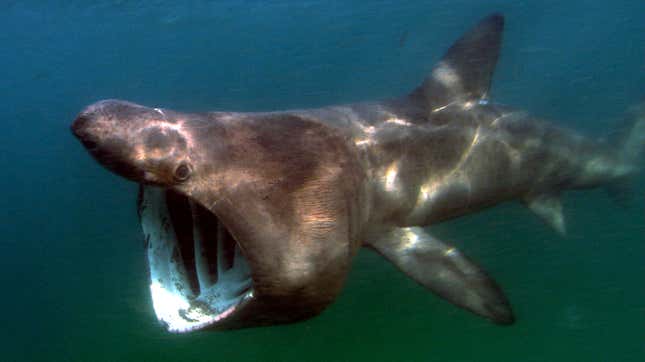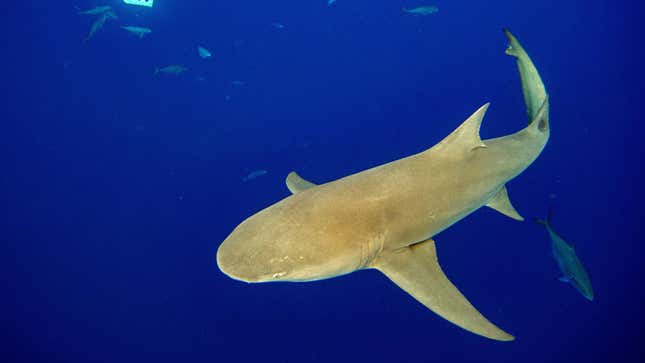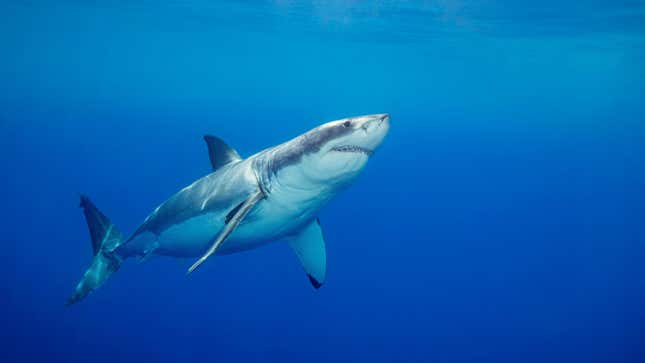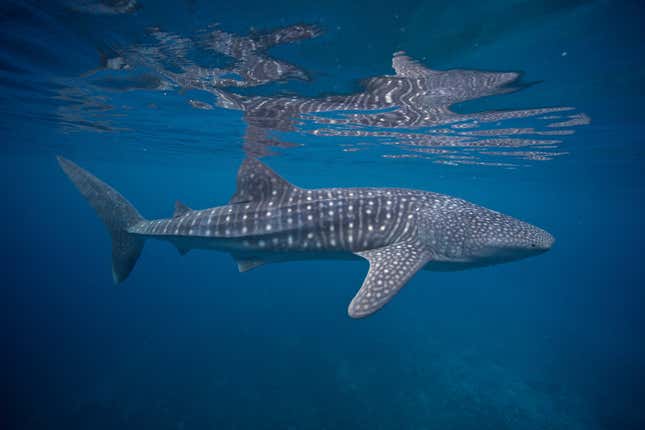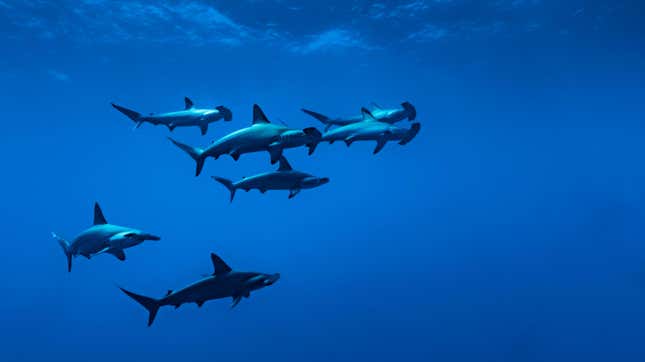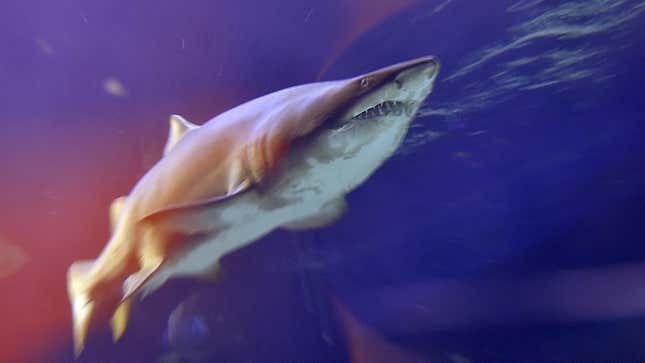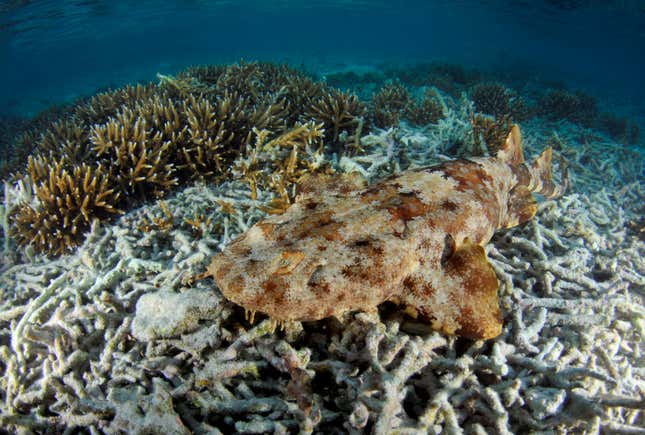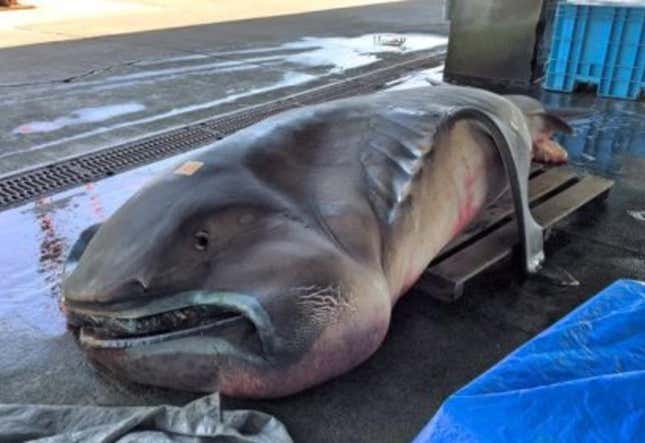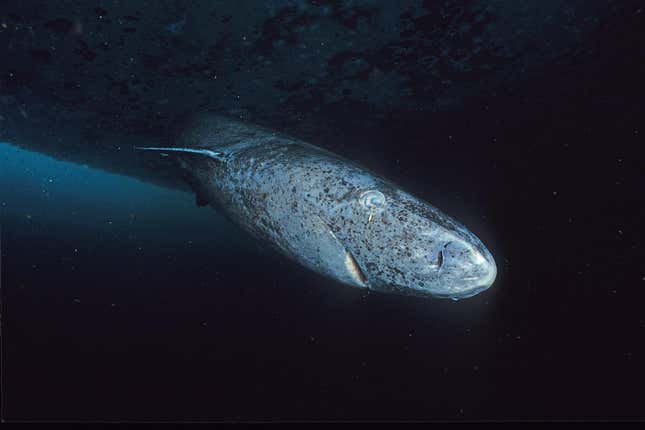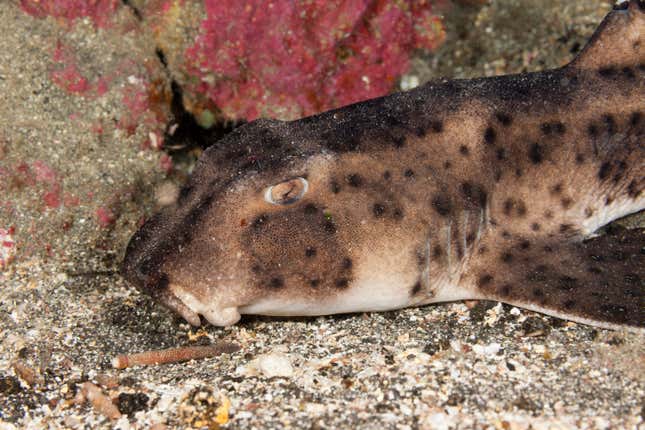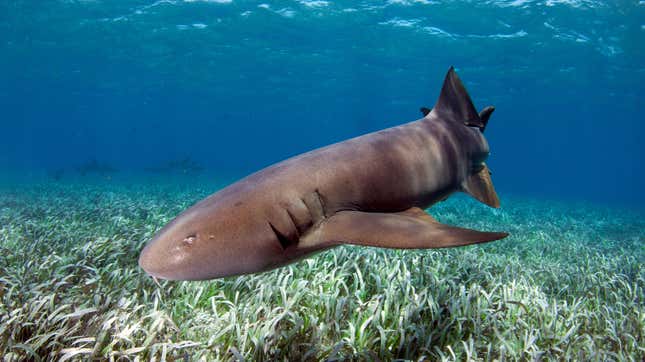
Sharks, glorious sharks. One of the trinity that makes up elasmobranchs, a group of cartilaginous fish that includes sharks, rays, and skates. Sharks get their fair—actually unfair—share of hate for negative portrayals in media, especially of great white sharks, but the animals are intelligent denizens of all the world’s oceans.
For the sake of my sanity, and your patience, I won’t be splitting up sharks into particular species or subspecies, depending on the fish. For example, hammerhead sharks will collectively occupy a place on this list, instead of separate rankings for the great hammerhead shark (Sphyrna mokarran) and the smooth hammerhead shark (S. zygaena), and so on.
Some sharks did not make my list. If you’re unhappy about it, please tell me in the comments why that shark should be included. Another spoiler: I almost didn’t include the cookie cutter shark, because it’s creepy, but it’s got that great name and some of you like creepy. Anyway, enjoy our (my) ranking of the sharks.

